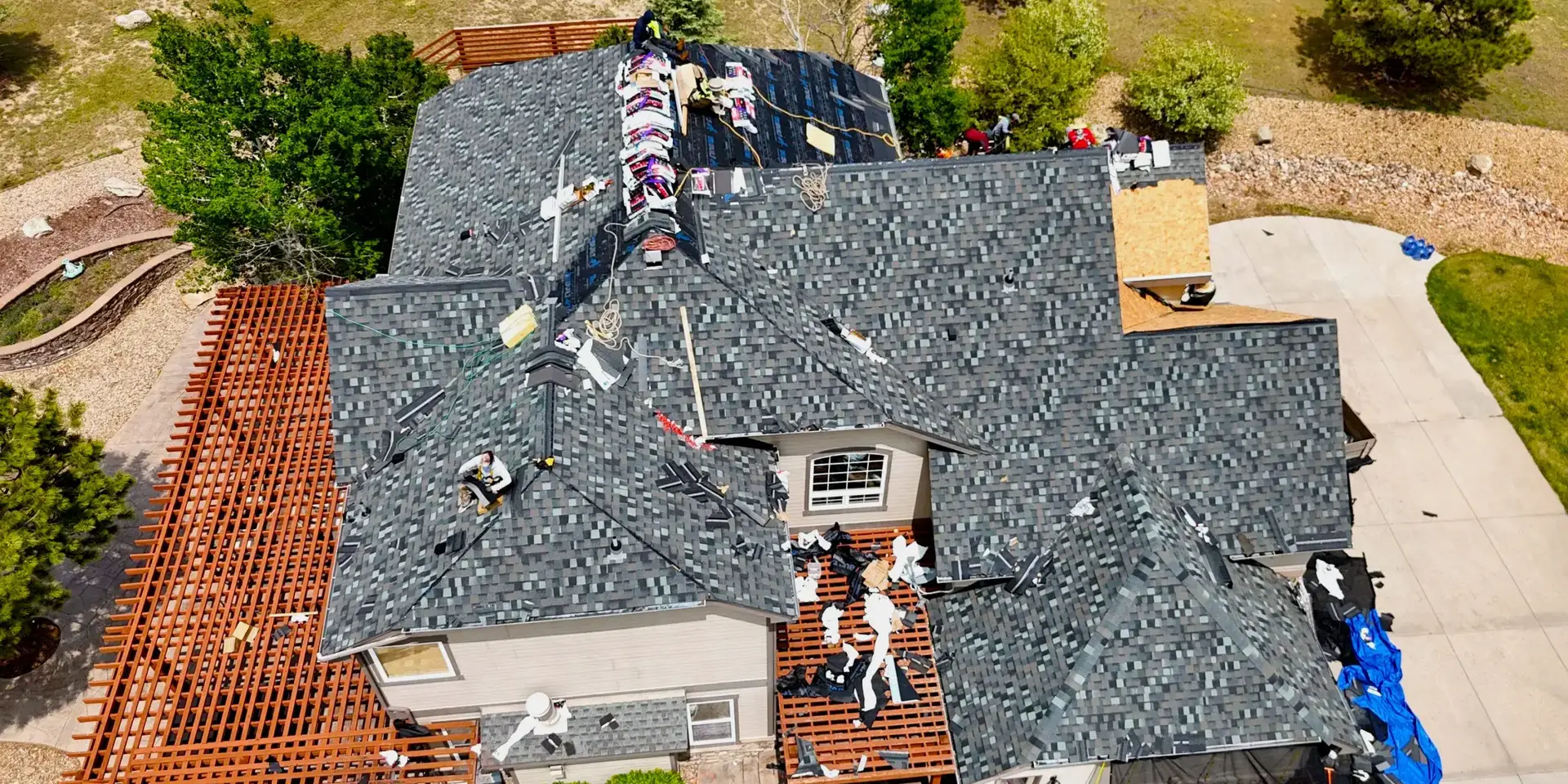Essential Colorado Roof Care for Homeowners: A Comprehensive Seasonal Maintenance Guide
Understanding the Climate Challenges
Colorado’s unique climate poses multiple challenges for residential roofing systems: high-altitude UV exposure accelerates material degradation, while large temperature swings cause expansion and contraction in roofing materials. Heavy snowfall adds significant load, and freezing conditions frequently lead to ice dam formation at the eaves. Strong hailstorms can chip or bruise shingles, and intense summer sun can dry out or weaken components over time. All these factors mean that proactive, year-round roof maintenance is essential to preserve structural integrity and prevent leaks or costly repairs.
Spring Inspection and Damage Recovery
As winter snow melts and spring storms arrive, thorough inspection is key. Homeowners should examine the attic for signs of water intrusion, ceiling or wall stains, or damp insulation that may indicate leaks. The roof deck and underlayment should be assessed for any damage from snow load or freeze/thaw cycles. Flashing around chimneys, vents, skylights, and roof joints must be checked for cracks or shifting caused by thermal cycles. Clearing gutters and downspouts of accumulated debris—such as pine needles or leaves—is vital to ensure proper drainage so that spring runoff does not back up. At this stage, minor repairs (loose shingles, cracked sealant or worn flashing) can be addressed before summer storms intensify.
Summer Storm Readiness and Heat Impact
During the hotter months, UV radiation and high temperatures can accelerate aging of roofing materials. Shingles may become brittle or start to curl. Attic ventilation and insulation become crucial to reduce heat build-up, which otherwise increases stress on roofing components and contributes to premature aging. After hailstorms or high winds, immediate inspection is advisable, even if damage is not obvious from ground level. Small impacts can damage shingle granules or underlying layers, compromising water protection. Re-securing fasteners, inspecting vents, and confirming that flashing remains properly sealed are all important tasks during summer. Proactive maintenance during summer helps mitigate damage from changing conditions and ensures the roof is ready for fall and winter.
Fall Preparation for Winter Conditions
Fall is a prime time to prepare the roof for harsh winter conditions. All debris should be removed from roof valleys, gutters, and downspouts, ensuring that water runoff flows freely. Leaves and branches should be trimmed away from overhanging trees to reduce risk of falling limbs in snow or wind. Sealant around flashing and penetrations should be re-checked for cracks; resealing will help prevent leaks when snow begins to accumulate. Verifying attic insulation ensures that interior heat does not escape excessively, reducing the risk of ice dams forming at roof eaves. Ensuring proper balance of soffit intake vents and ridge or exhaust vents helps maintain balanced attic temperature, minimizing freeze-thaw cycles and condensation issues.
Winter Snow, Ice, and Load Management
With snow accumulation, weight on the roof increases, which can stress the roof structure (decking, rafters, or trusses). Regular removal of excess snow—especially after heavy snow events—is wise to avoid overloading. Ice dams can form when snow melts and refreezes at eaves, causing water to back up under shingles. Keeping gutters clear helps mitigate ice dam formation by allowing meltwater to flow off the roof properly. Attic heat should be regulated to minimize melting from below; consistent interior temperatures prevent excessive snowmelt that contributes to dam formation. Professional roof inspection during or after winter storms is helpful to detect hidden damage, such as cracked shingles, compromised underlayment, or weakened fasteners.
Materials and Roofing System Considerations
Choosing durable, impact-resistant materials is critical in regions with hail risk and harsh weather. Higher class rating shingles or alternative materials that resist hail, UV degradation, and temperature stress may extend roof lifespan and reduce maintenance frequency. All roofing components (underlayment, drip edge, metal flashing, vents) should be built and maintained to local building codes and weather-resistant standards. Using contractors with expertise in local climate is beneficial — for example, the team at GCCS Roofing, LLC in Littleton, CO understands local weather patterns and proper installation techniques for maximizing durability.
Inspection Frequency and Record Keeping
Consistent scheduling of professional inspections twice per year—ideally in spring and fall—allows homeowners to catch potential issues early. After major storm events (especially hail or high wind), additional inspections are prudent to avoid hidden damage. Maintaining records of inspections, repairs, photos of roof condition, and documentation of maintenance helps with insurance claims and resale value.
Longevity Strategies and Prevention
Regular maintenance, timely repairs, and seasonally appropriate care prolong the useful life of the a roofing system. Addressing small issues early (loose shingles, worn flashing, clogged gutters) prevents escalation into structural damage or leaks. As materials age, proactive replacement of worn underlayment or deterioration in attic ventilation helps avoid costly emergency repairs.
Conclusion
Consistent, seasonally tailored maintenance is essential to protect and prolong the life of residential roofs in Colorado’s challenging climate. By staying proactive through inspections, debris and snow management, and material vigilance, homeowners can avoid costly damage and maintain structural integrity for years.







